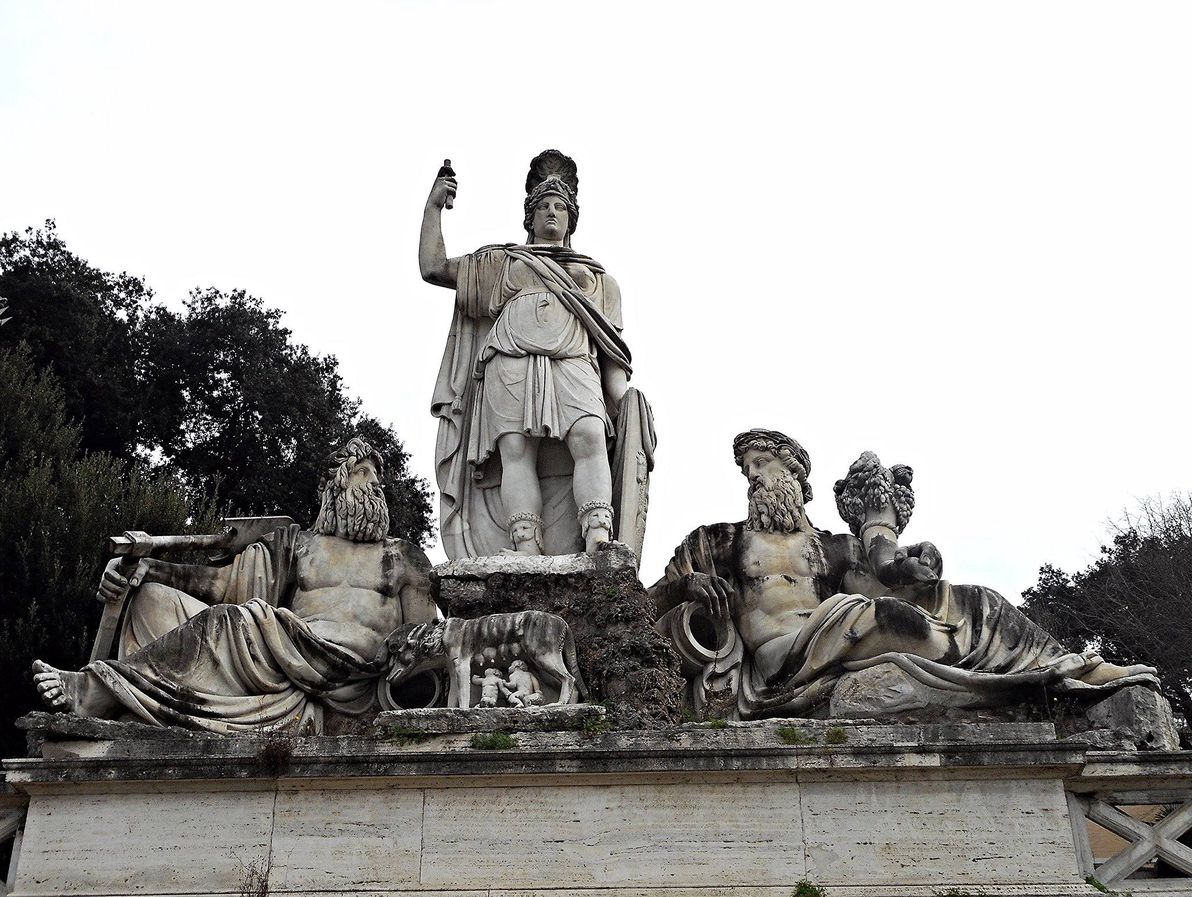Inspired by his time in Rome, the famous poet Dante wrote how even barbarians “beholding Rome and all her noble works, were wonderstruck.” There is no doubt about it: Rome is home to some of the most beautiful works of architecture and art in the world; even a short walk around the city will persuade you of this. Here’s a quick run down of some of the most stunning attractions in Rome.
The Trevi Fountain
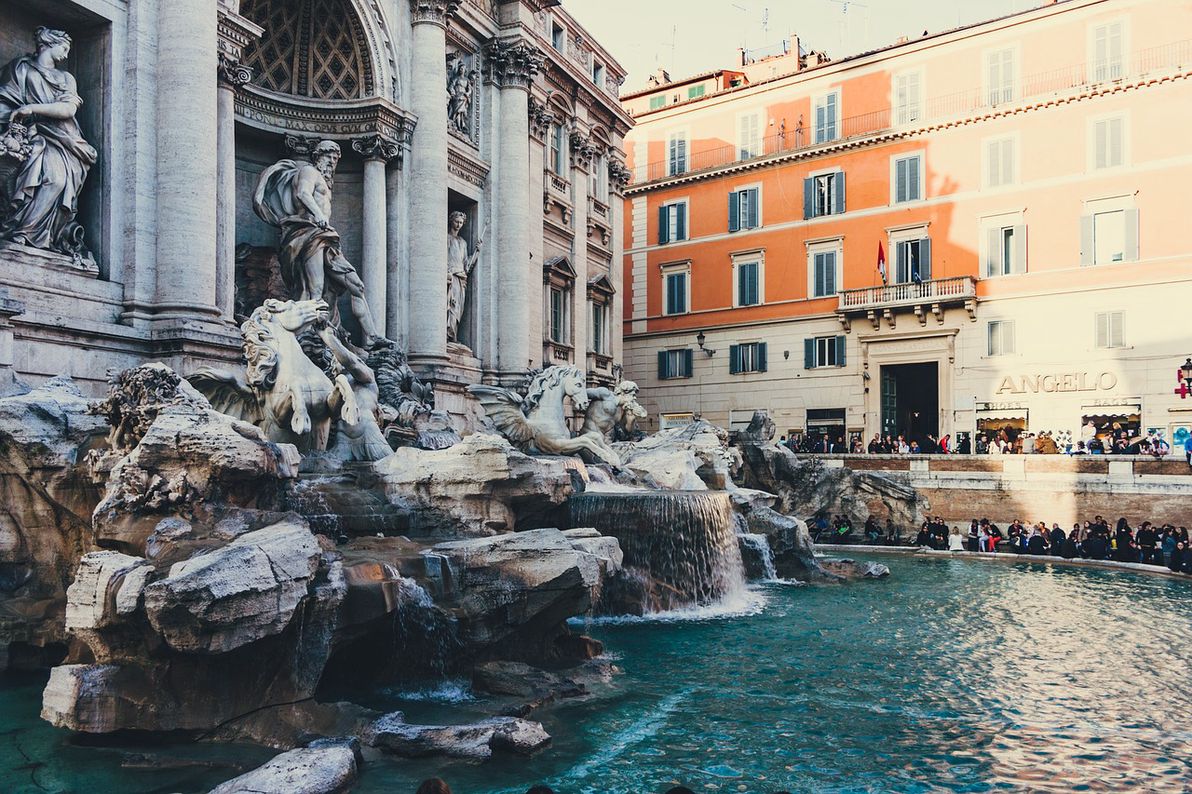
One of the most iconic landmarks of Rome, the Trevi Fountain is a 18th-century baroque fountain located in the Trevi district of Rome. The fountain itself stands at 26.3 metres tall, and was commissioned in the time of Pope Clement XII. Trevi Fountain means “three street fountain”, indicative of the three streets that converge at the site of this magnificent fountain.
The fountain features three main figures, the one in the centre being Oceanus, the divine figure thought to be the God of the ocean. Beside him, the personifications of Abundance and Health. Abundance can be recognised by the horn she holds, brimming with fruit, while Health cradles a cup, and is crowned with a laurel, a symbol traditionally associated with Apollo, God of healing. Together, these three figures signify the healing powers of water and its ability to provide.
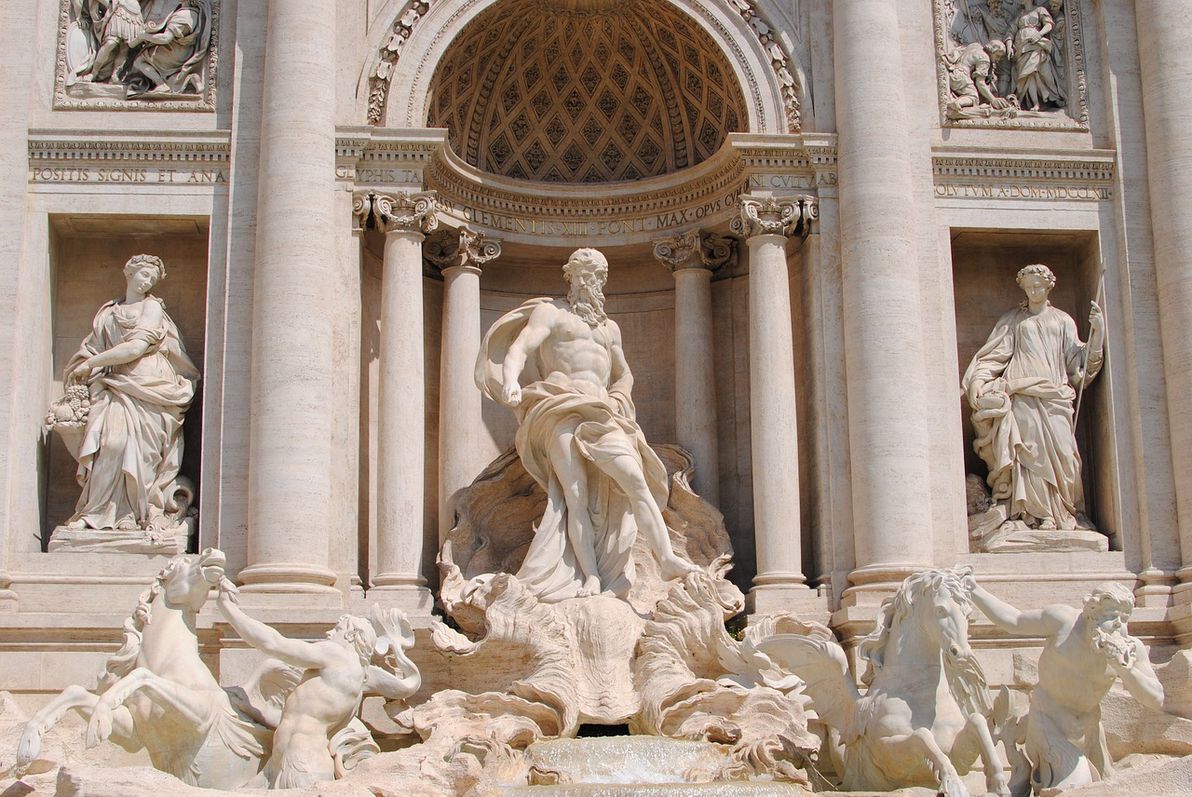
It is said that visitors can have their wishes granted by throwing coins into the fountain. Coins are thrown over the left shoulder, with the right hand, a popular tradition that originated from the 1954 American movie, Three coins in a Fountain. Visitors are meant to throw in three coins: the first to ensure their return to Rome, the second coin promising that they will fall in love on Italian soil, while landing the third and last coin means that they will have the great fortune of marrying an Italian. Try your luck and see if the fountain really grants your deepest wishes.
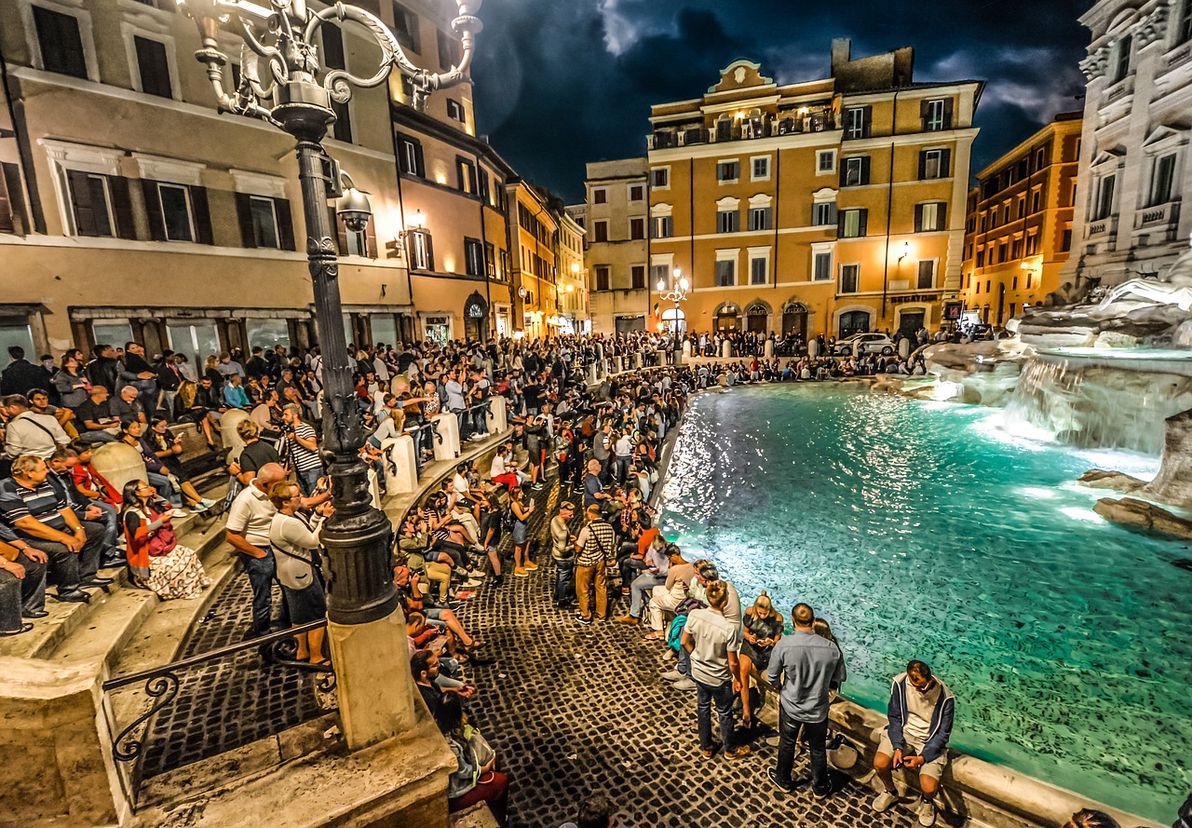
The fountain has been featured in many movies of various genres, ranging from more serious art films like Roman Holiday starring the glamorous Audrey Hepburn, to fun flicks like The Lizzie Mcguire Movie. Whatever the case, you’re sure to recognise it from somewhere. Being such a famous attraction, the fountain sees over seven to ten million visitors each year, so as you can imagine, crowds can get rough. If you’re angling for a pretty photograph, you may have to get those elbows out!
Address: Piazza di Trevi, 00187 Roma RM
The Pantheon
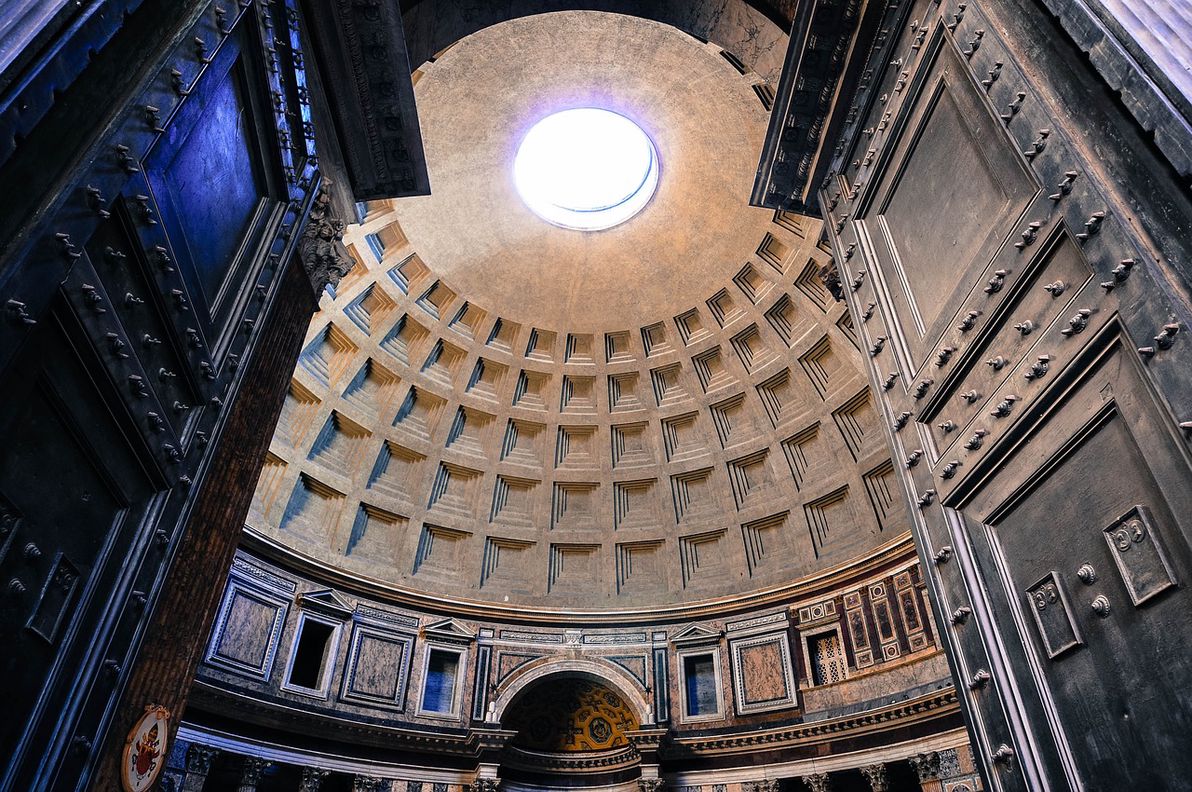
A short walk away from the Trevi Fountain is the Pantheon, thought to be the best preserved structure from Ancient Rome. The dome within the Pantheon is particularly remarkable; despite being built over two thousand years ago, it remains the world’s largest unreinforced concrete dome. The dome itself is said to signify a vault to the heavens, and is an architectural marvel.
During the Renaissance Era, The Pantheon was used as an important burial site. Buried here are painter Raphael and architect Arcangelo Corelli, among many others. More recently, it was used as the burial site of two kings. You can admire these tombs as you walk around the inside of Pantheon. There is also the tomb of Victor Emmanuel II, the first king of unified Italy. His tomb was specially designed by Manfredo Manfredi, who earned the honor after winning a special competition and is usually guarded by an attendant. Today the Pantheon is used for Catholic masses and the occasional wedding.
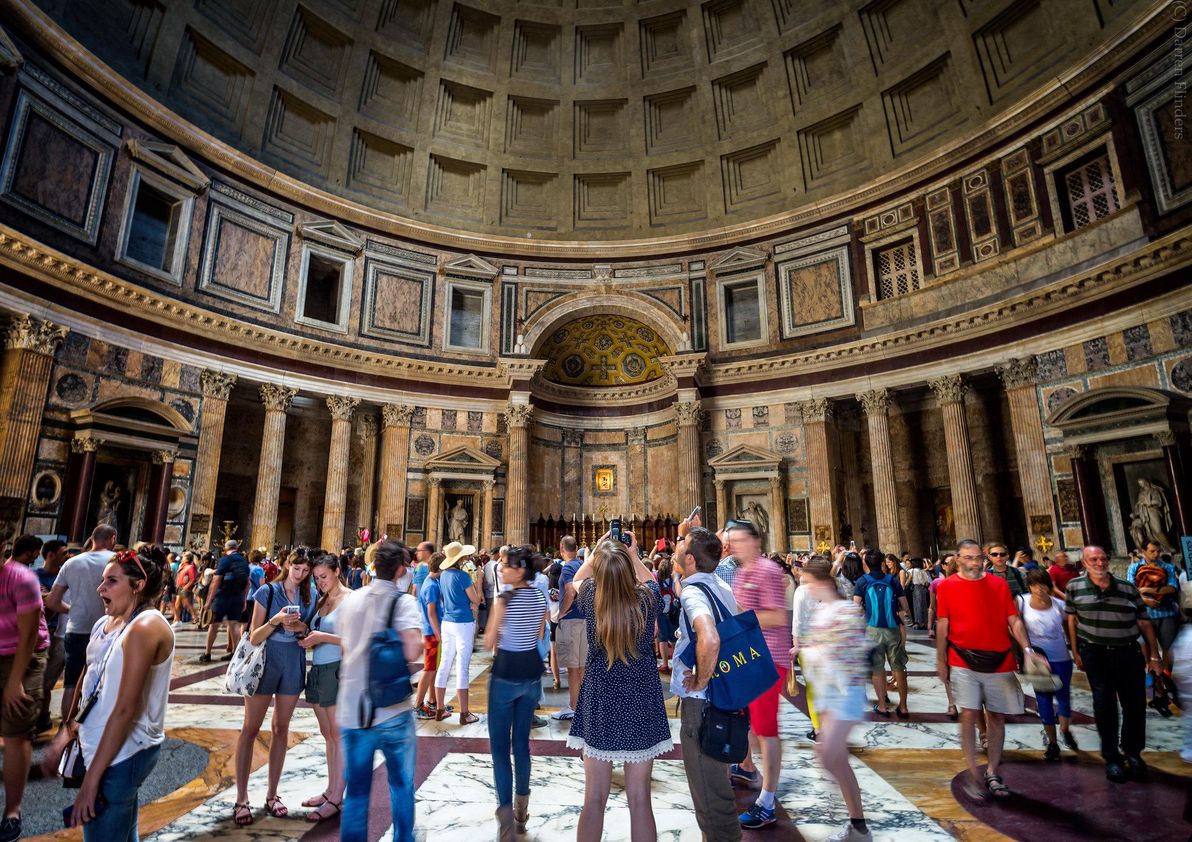
There is plenty of art featured in the Pantheon. Beyond the dome, there are several chapels, each featuring delightful frescos, sculptures, and paintings that are not to be missed. Famous pieces include The Madonna of Girdle and St Nicholas of Bari by an unknown artist, The Assumption by Andrea Camasse and St Anne and the Blessed Virgin.
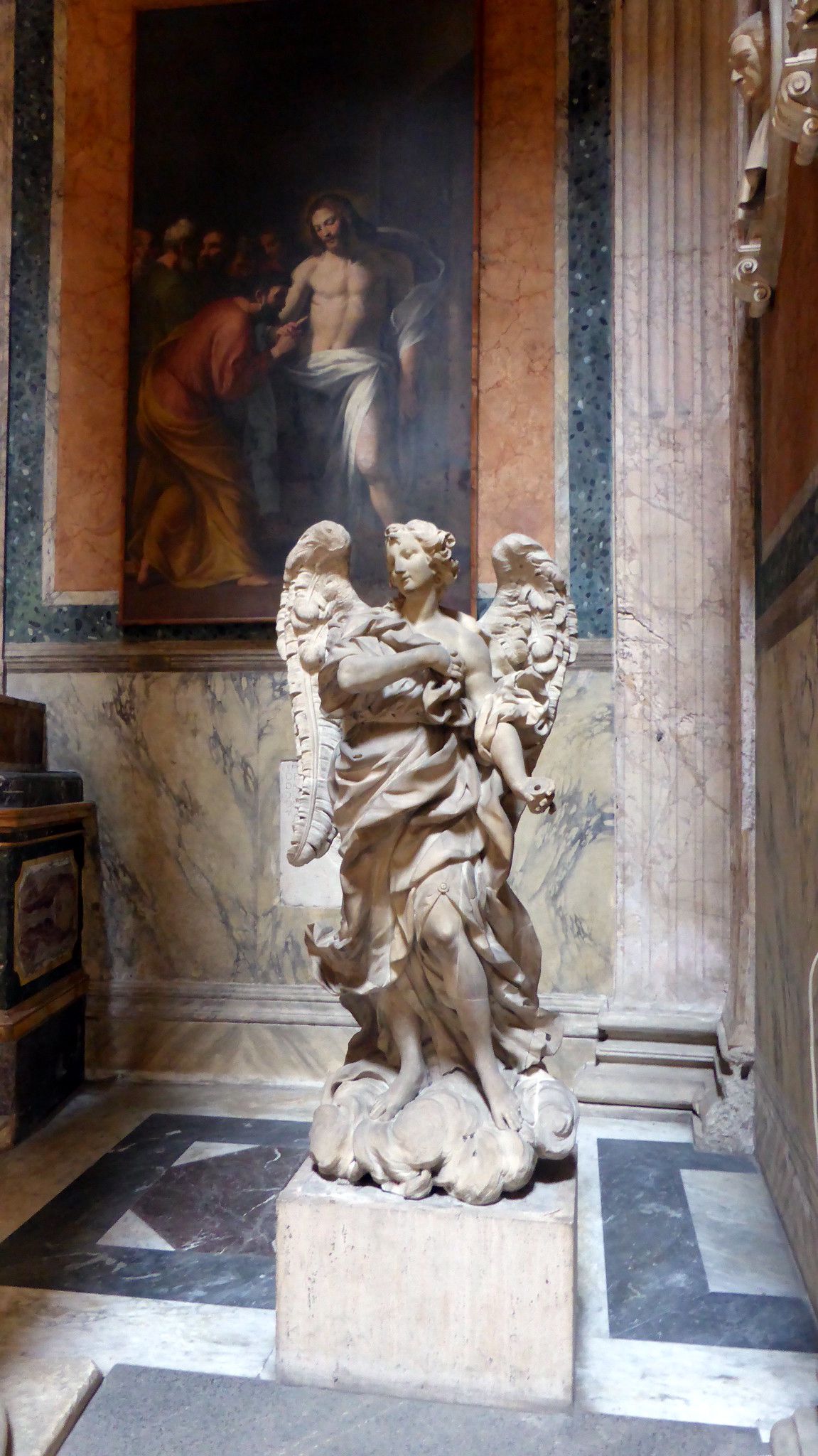
Some may be curious about the words on the Pantheon itself, an inscription which reads “Marcus Agrippa the Son of Lucius three times consul, built this.” This caused great controversy over the origins of the Pantheon, and it was not until later through dating the bricks of structure that it was confirmed to have been built during the time of Emperor Hadrian.
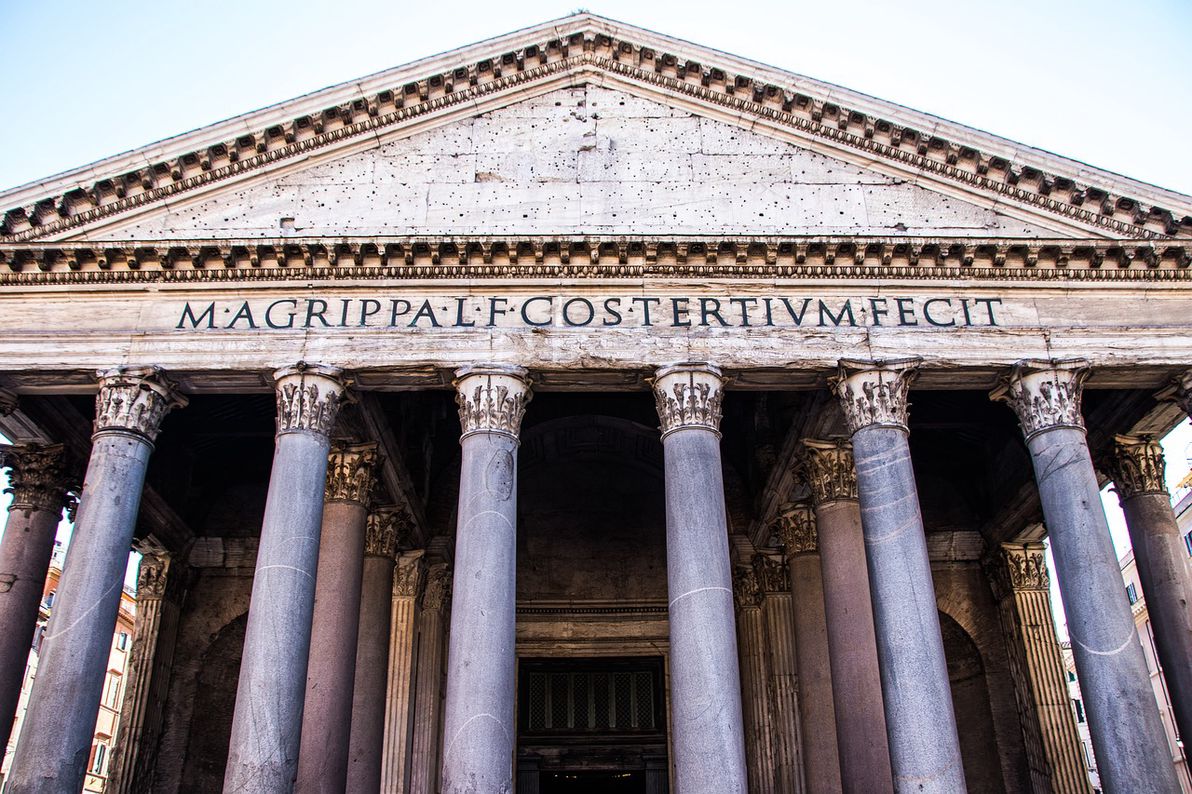
Address: Piazza della Rotonda, 00186 Roma RM
Opening Hours:
Monday - Saturday: 8:30am - 7:15pm
Sunday: 9am - 5:45pm
The Colosseum
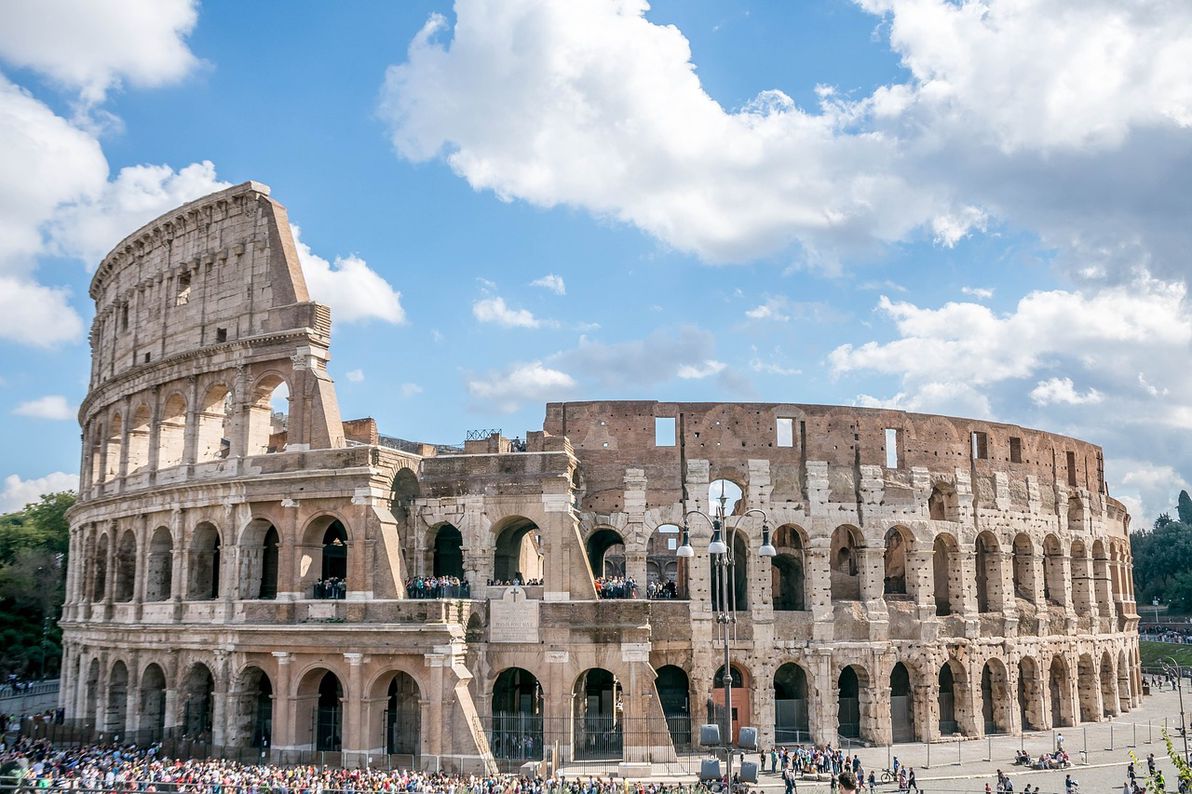
Another major tourist site in Rome, no trip to the city is complete without a visit to the Colosseum. The Roman amphitheatre was, according to popular imagination, the place where gladiators clashed again and again in grisly battles for a gruesome fight to the death. In reality, the truth is not quite so bloody. The Colosseum was indeed used for entertainment, but while it did see its fair share of gladiatorial fights and animal hunts, there was also the staging of classical dramas, mock battles, and public spectacles to look forward to. In its heyday, it held over 80,000 spectators, and used to have a large canopy meant to shield the spectators from the elements during performances, much like the football stadiums we have today.
Much of it’s facade has been ruined by earthquakes and robbers, and that is why it resembles a crumbled dome. The entire south side of the Colosseum collapsed during a horrific earthquake in 1349, and the remaining walls are in fact part of the interior. The Colosseum has arguably weathered a lot throughout history. Nevertheless, its enduring spirit remains as an inspiration to the Italian people today, and it features on the Italian five-euro coin.
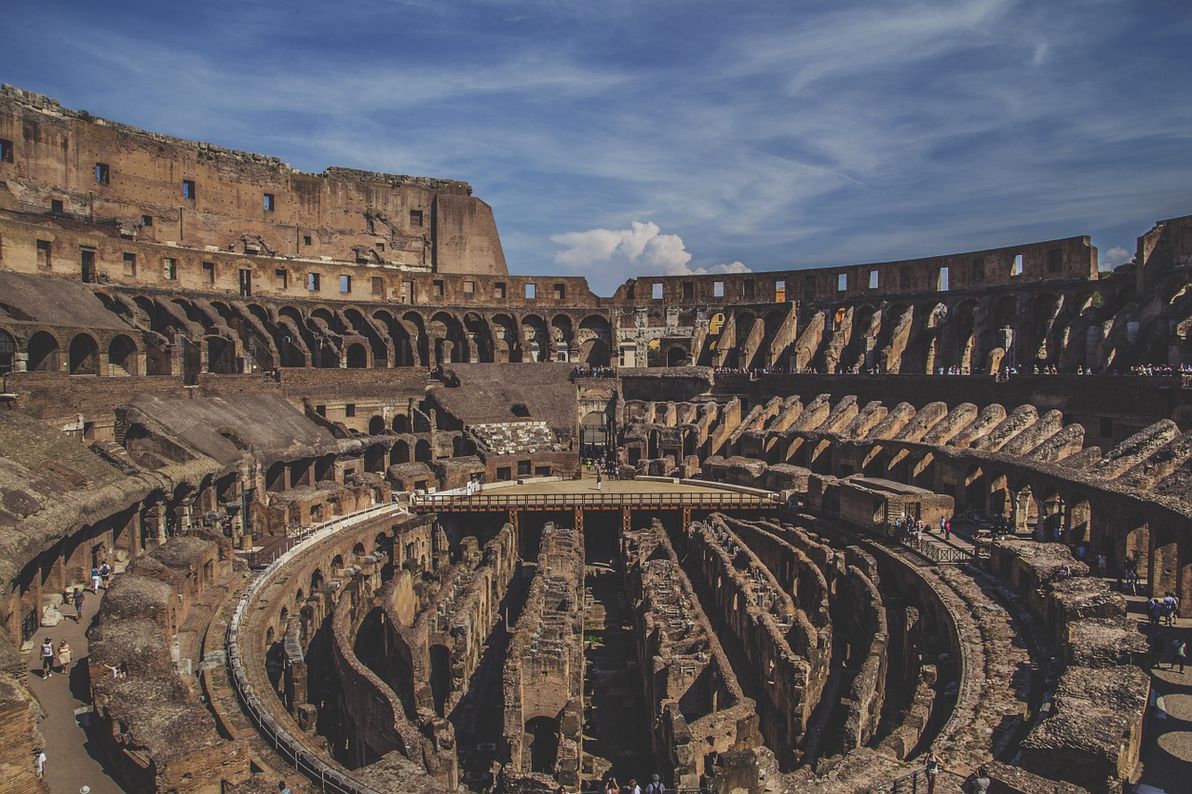
Every Good Friday, the Pope leads a torchlit procession around the Colosseum. This walk is known as The Way of the Cross. If you are fortunate enough to attend, you will be provided with a prayer book, candles, and candle holders. The walk will take you around the stations, the Colosseum, the Forum and Arco di Costantino and you will be encouraged to renounce your sins.
Address: Piazza del Colosseo, 1, 00184 Roma RM
Opening Hours:
Monday - Sunday: 8:30am - 7pm
Roman Forum and Palatine Hill
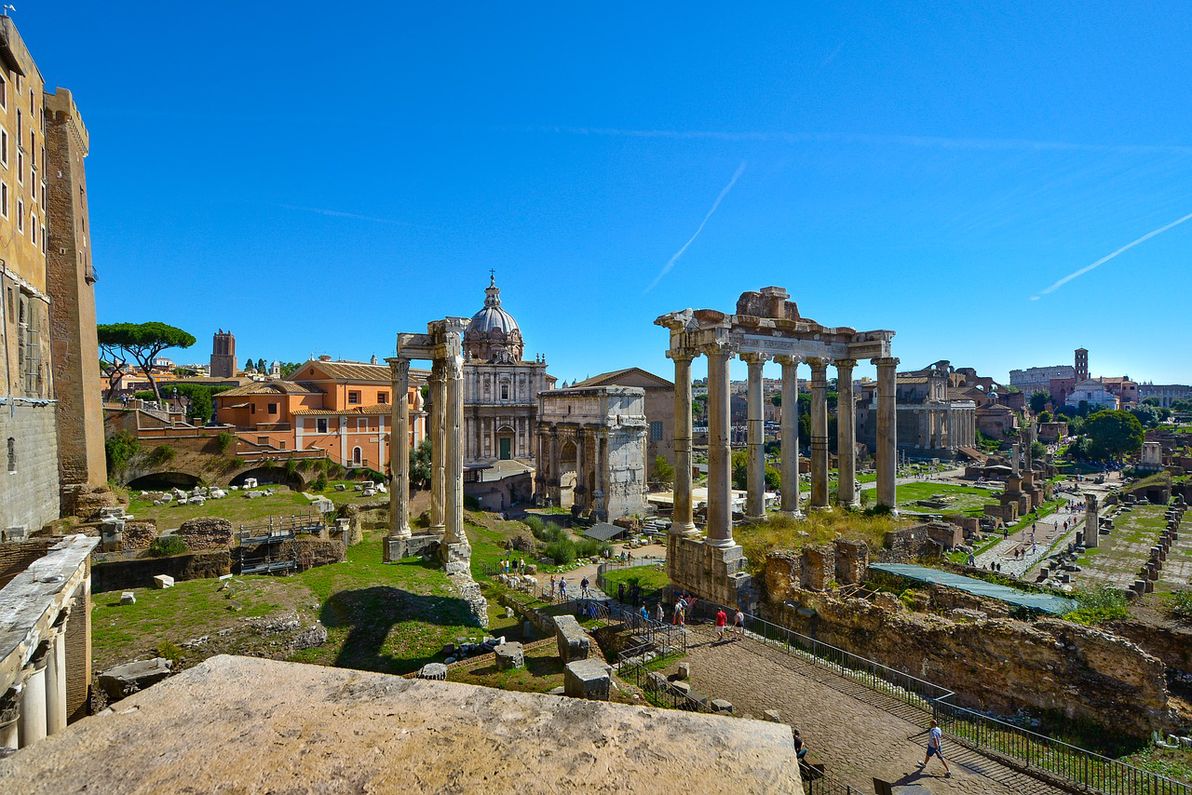
Just west of the Colosseum is the Roman Forum. A testament to Roman ingenuity, the Roman Forum was built after the Romans succeeded in draining the former marshland and repurposing it as a socio-economic hub. The Forum was a marketplace, and also saw many processions, battles, and criminal trials. It used to be a congregation of some of the most important buildings in the city, including temples and shrines. Unfortunately, all that remains today is mostly ruins. Regardless, it remains an important excursion for those wanting to get to the heart of Rome.
Some of the noteworthy ruins include the Temple of Vesta and House of the Vestal Virgins. The Vestal Virgins were young girls recruited as priestesses for Vesta, Goddess of the hearth. The girls guarded a sacred flame, said to be housed inside the temple itself that guaranteed the sanctity of Rome. Being a Vestal Virgin meant being free of social obligations to marry and have children, and the girls lived a chaste life in the temple, undertaking a 30-year vow of celibacy. There are also other monuments of interest, dedicated to ancient kings.
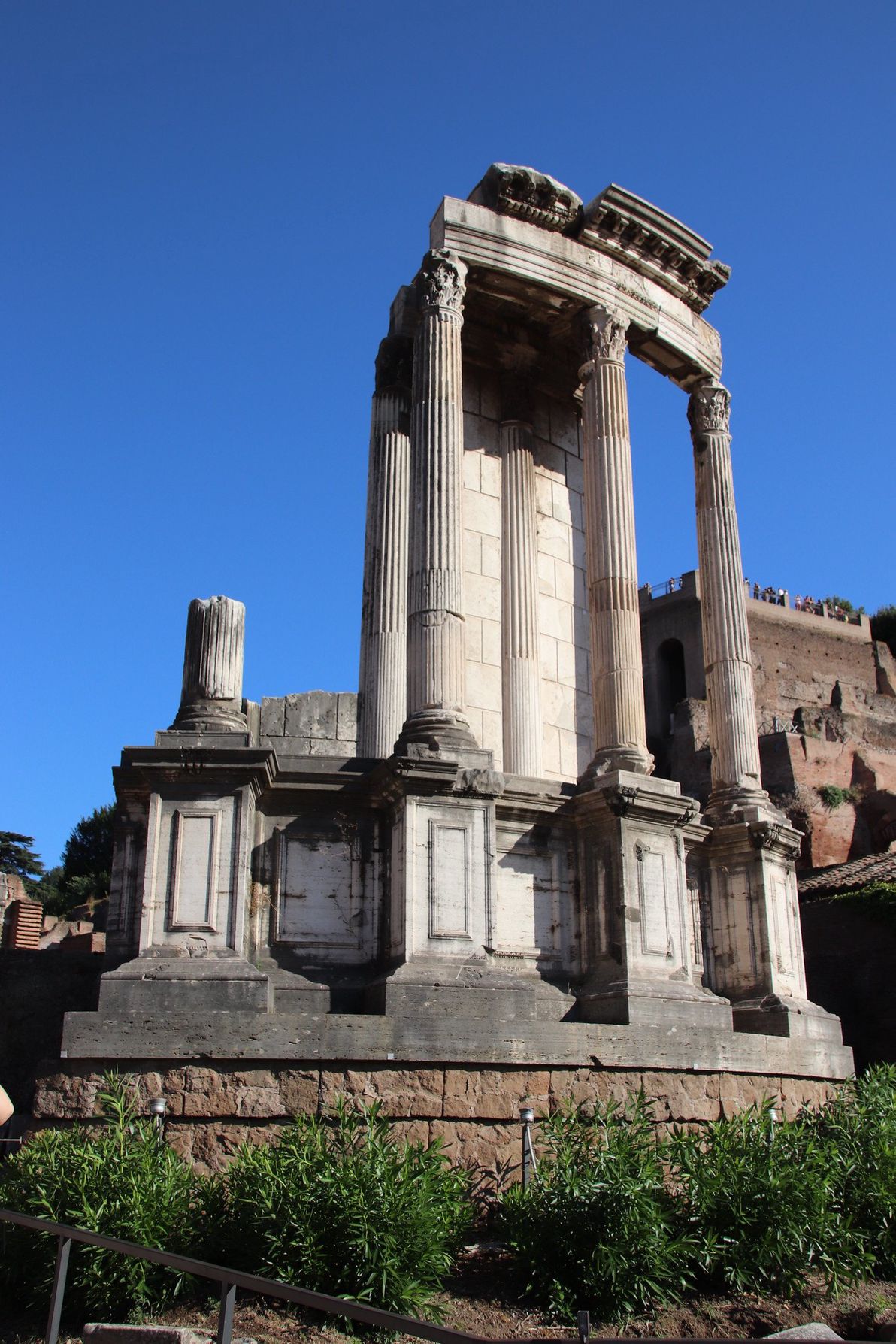
Located nearby is Palatine Hill. The two sites are adjacent to each other, and visitors often pass freely between both. Known as “the nucleus of the Roman Empire”, Palatine Hill allows visitors to look down onto the Roman Forum for a spectacular view. It was formerly known as a site for the houses of the rich and most important people in the city. Emperor Augustus lived there, and there were also temples, such as the one dedicated to Apollo, God of the Sun, music, prophecy and healing. Thus, it remains an important archaeological site and is regularly excavated to find new archaeological discoveries.
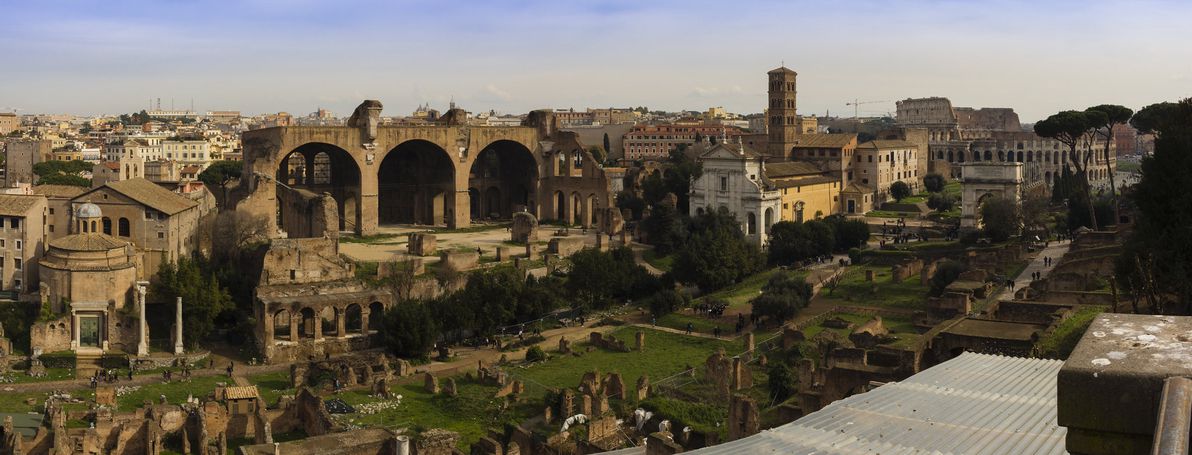
Today the surrounding area is peaceful, resembling a meadow or a field, allowing you a quick escape from the crowd and a panoramic view. It is also thought to be the site of the cave that housed the she-wolf, Lupercal, who was, according to myth, the wolf that suckled Romulus and Remus, the twins that would go on to found Rome.
Address: Via della Salara Vecchia, 5/6, 00186 Roma RM
Opening Hours:
Monday - Sunday: 10:30am - 7:15pm
Piazza del Popolo
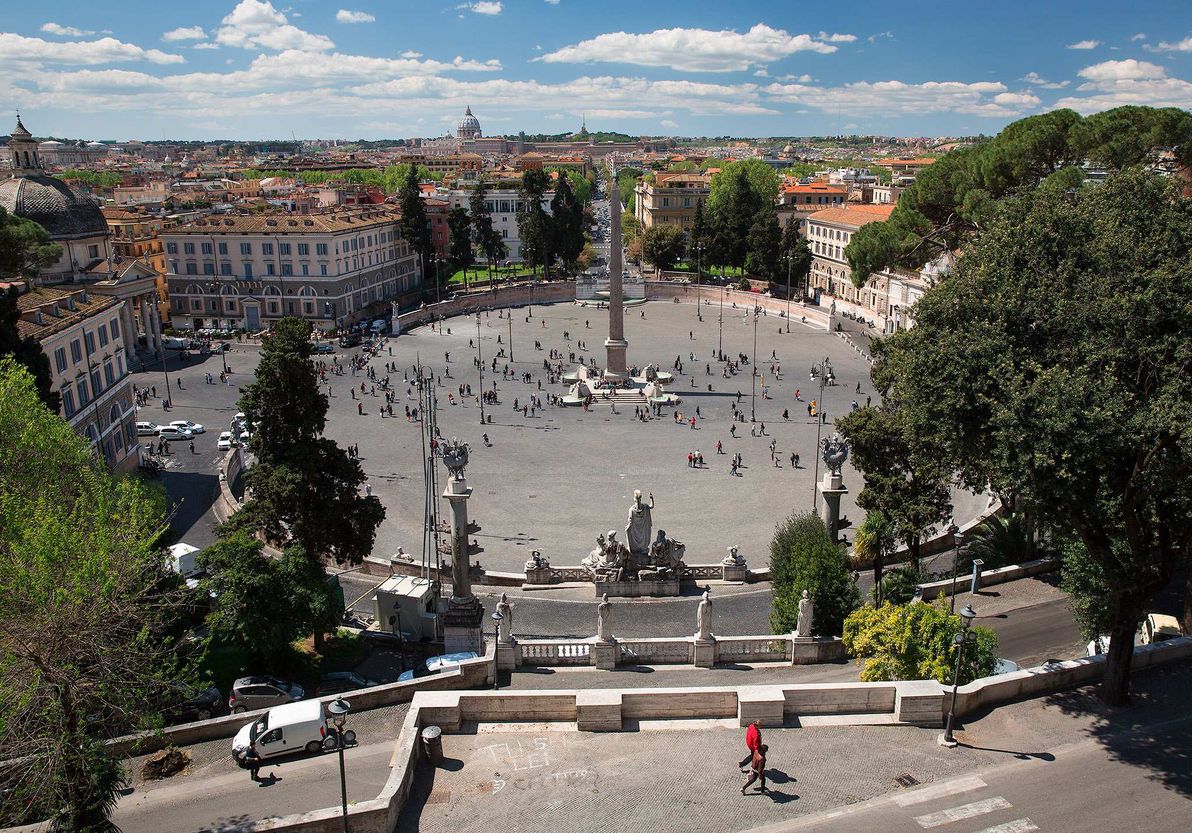
A large square located in the northern part of the city, Piazza del Popolo is known as the People’s Square. The piazza is of great significance, as it used to be a traveller’s first glimpse of Rome, so expect to find a spectacular view. With the rise of urbanisation, the Square was used quite simply as a parking lot, though today it’s reserved purely for pedestrians.
As you enter the square, you will notice an enormous Egyptian obelisk right in the center. The obelisk is known as the Flaminio Obelisk, and is one of the tallest in Rome. It was shipped over from Egypt and re-erected in the Piazza in 1589. Today, it is one of the remaining 13 ancient obelisks in Rome.
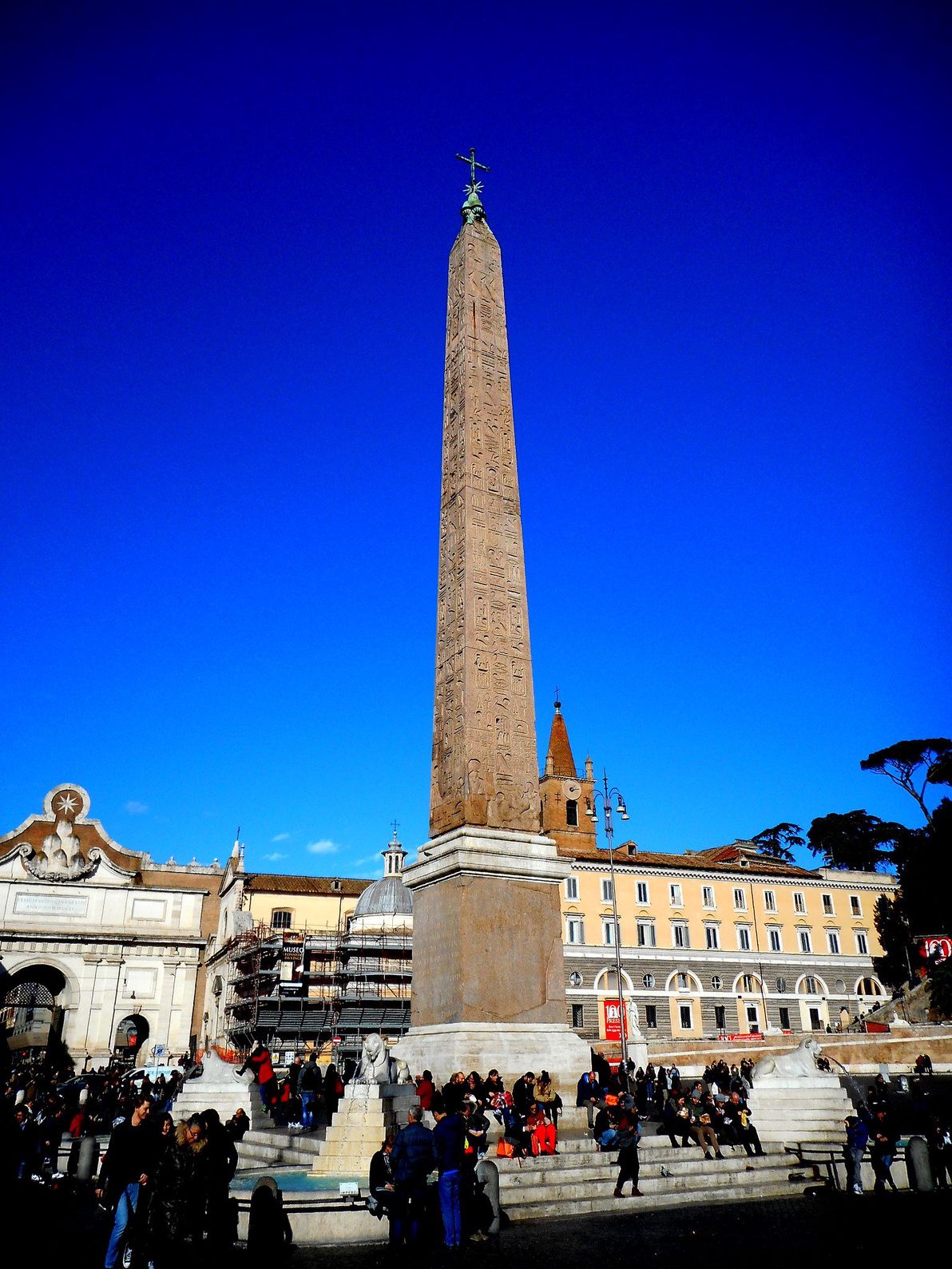
Overlooking the square are the twin churches of Santa Maria in Montesanto and Santa Maria dei Miracoli. At first you might think you are seeing double, but it is no trick of the light. The two churches are built exactly the same, at least on the outside, giving the street a balanced, symmetrical look.
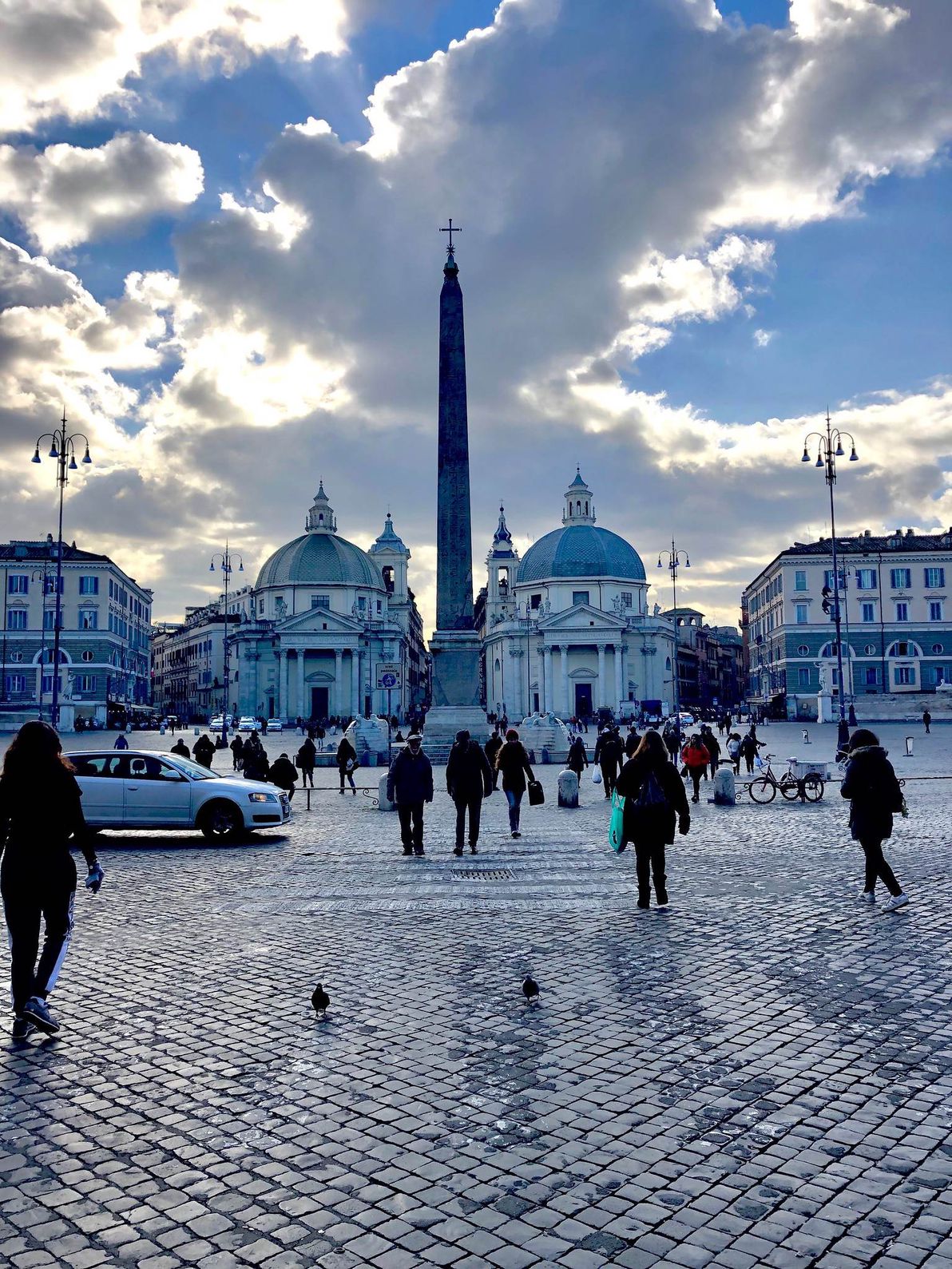
The square is also populated by several fountains, the most magnificent of which is the Fontana del Nettuno. Constructed between 1822 and 1823, the fountain features God of the sea Neptune and his triton. Equally as dazzling is Rome between Tiber and Aniene. This fountain depicts the fearsome Goddess of Rome standing proud and tall, armed with her helmet, and accompanied by the river gods Tiber and Aniene. At their feet are Romulus and Remulus, the founders of Rome, suckling on the she-wolf Lupercal.
